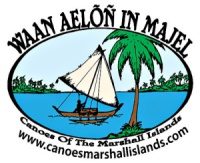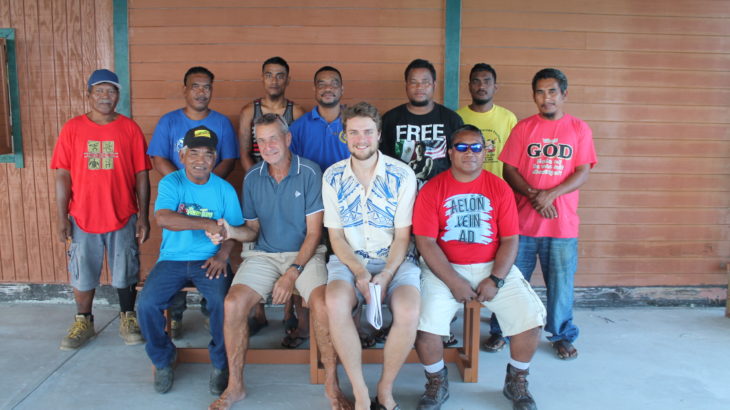The long anticipated and much needed Transitioning to Low Carbon Sea Transport project has gone underway. What exactly is TLCSeaT? What are its goals? How does WAM fit into this project? To answer these questions, it is only proper to take a step back and see why such an undertaking is crucial.
Marshallese, as far as history can tell us, have always been known for their superior boat building and sailing skills. Marshall Islands is first of all water then land. These two are inseparable in importance. You cannot fully appreciate one without the other. Then comes the 20th century and climate change. Using the mightiness of the vast Pacific Ocean as its own destructive weapon, climate change has attacked the small and enormously vulnerable and defenceless Marshall Islands. With carbon emission soaring at a rate unprecedented and major countries taking a step back in their fight against climate change, the Marshall Islands as we know it, is shrinking, and at an unprecedented pace. This is where WAM steps in through this breakthrough project: by building inside lagoon transports that will serve the people of the Marshall Islands and also serve as a platform in the uphill battle of climate change.
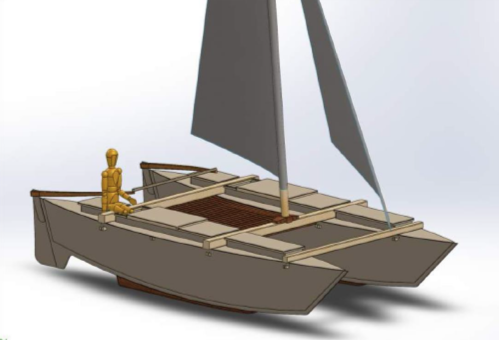
cargo capacity – 1-2 ton
When the width of your island is 100 feet or less in many parts of Majuro and every other islands throughout RMI and they are losing 1-2 feet every time the tides come in, every small change and step is crucial to combat climate change. Hence, comes the TLCSeat Project, funded by the German government through the Deutsche Gesellschaft fuel Internationale Zusammenarbeit (GIZ) GmbH. Phase 1 has started already, with WAM and Marshall Islands Shipping Corporation building inside lagoon transport. The goal is to build 3 different prototypes closely resembling the uniqueness and simplicity of the Marshallese outrigger canoes.
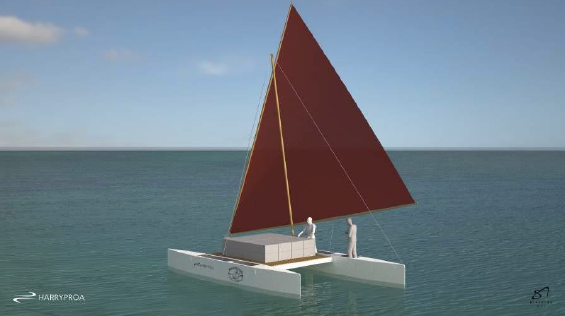
cargo capacity – 1-2 ton
The workshop to build these three prototypes commenced in January 20, with instructors Rob Denney and Henrik Richter-Alten taking the lead. Their students include the “WAM boys” Isocker Anwel, Binton Daniel, Raynold Lanwe, and Fredrick Botta. The other students are from the Marshall Islands Shipping Corporation or MISC. Together, they will build the boats and after 3 months, will do the initial test inside Majuro lagoon. The idea is that after the initial test, these prototypes, which emits ZERO carbon into the atmosphere, will be loaded onto the MISC copra fleet, in which the trainees will go from one atoll to another to collect copra and datas and to see whether these prototypes are seaworthy and “atoll-worthy.” The duration of this project will be for 3 years. Once it is completed, then plans will be made to sustain it so that Marshallese people, especially those in the outer islands, will use these eco-friendly and simple inside lagoon transport for years to come. Our goal has been and will always be to find a way to keep fossil fuel where it belongs, IN THE GROUND!
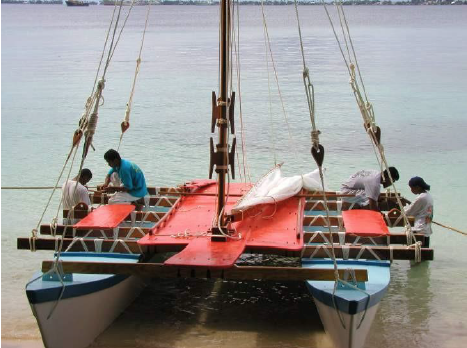
cargo capacity – 1-2 ton
Stay tune for more update regarding this project!
